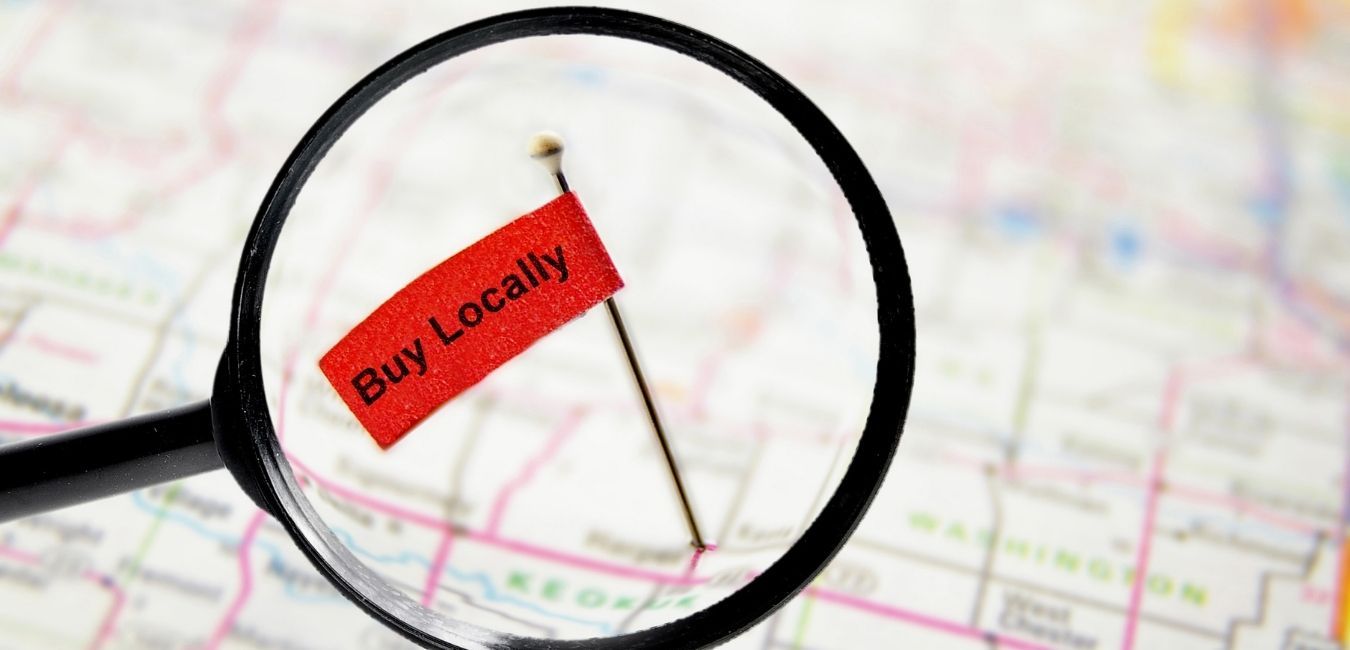9 Tips to Improve Your Local SEO9 Tips to Improve Your Local SEO

The aim of local SEO is to help businesses be more visible in local search results. When done correctly, there are several benefits of local SEO. It can help you gain more local reviews, drive more traffic to your website, get high-quality backlinks from local businesses and increase your conversion rate.
Here are some surefire ways to improve your local SEO
Create Your Google My Business Profile
Google My Business allows you to list your location on Google Maps and local search results. You can also provide other business details.
Steps to Setting a Google My Business profile
➢ Create a Google account using an existing email or a new one
➢ Go to the Google My Business gateway and click Manage Now to get started
➢ To check if a profile by the name you want to use already exists, type your business name. If your business name pre-populates, a profile by the same name exists. In this case, you can claim the listing. If your business name doesn’t appear, click Add your Business to Google
➢ Add the business name and category. Make sure the business name matches the official business name
➢ Add your business address. If you provide home delivery services, specify service areas
➢ Add the contact details of your business and website link
➢ Verify your business
➢ Add business hours, photos, and description
Note: Ensure your business name, address and phone number (NAP) are consistent online. Whenever you move your business to a new location or change its name, edit your profile to ensure it reflects accurate and up-to-date information.
List Your Business on Other Directories
In addition to creating a GMB profile, list your business on other reputable directories such as Angie’s List, Yelp, Hotfrog, and Bing Places. Make sure your business information is complete and consistent across the directories you list your business on. If Google cannot determine which information is correct, your business may not show in search results. Remove any duplicate listings.
Create Local Content
Create content covering local events and news. Incorporate local phrases into your content. To establish authority, add schema markup to author bios. Create FAQ pages and local Best-of guides that in addition to providing valuable information to readers, can help gain traction for your website.
Add Location Pages to Your Website
If your business serves multiple locations, create a location page for every location. Optimize for local search terms. Make sure business information such as business name, address, contact details, store descriptions, and business hours on these pages is accurate and up-to-date. Add a Google Map to every location page. Use unique content for every page.
Get Customers to Write Reviews
Online reviews provide social proof and help build credibility and trust.Positive local reviews can boost your authority in the eyes of Google, helping you rank better. To encourage customers to leave reviews, make writing reviews and posting them as simple as possible.
Offer incentives such as discounts, store credits, publicity on social media, free content, and shopping coupons. To get positive reviews, target satisfied customers. Set up a process to ask customers to leave a review. Automate the process wherever possible. Drop emails requesting customers to write reviews at the right time or they may be considered intrusive.
Optimize Your Website for Mobile
Given the fact that the number of mobile internet users is increasing with each passing year, a mobile-optimized website is a matter of necessity, rather than choice.
It is estimated that around 30 percent of mobile searches are location-related. Many people will use their mobiles to visit your website, check reviews, find directions to your store and look for contact information before visiting your store. If you do not have a mobile-friendly site, users can choose your competitor over you.
Here are some tried and tested ways to optimize a website for mobile
➢ Make sure your navigation menu is as simple as possible
➢ Use a responsive design
➢ Eliminate intrusive pop-ups
➢ Optimize images
➢ Improve page loading speed
Come up With and Implement a Localized Link Building Strategy
Reach out to businesses in your geographic location requesting them to link to you. Write guest posts. To get websites with a high domain authority link to you, create authority localized content. Submit your website link or URL to web directories.
Host webinars, community events, and conferences or sponsor meet-ups. Build relationships with local influencers and prominent local personalities. Request partners to feature you in their partner directory. Participate in local community events.
Link building can be time-consuming and usually involves a lot of effort. If you have too much on your plate, hire a local SEO company near you to get authority links for your site.
Be active on Social Media
Local businesses need a social media marketing strategy now more than ever. When used correctly, social media can help you engage your local audience and create a community of loyal customers.
Set up profiles on different social media sites. Create content that solves your target audience’s pain points and answers their questions. Create posts that discuss local events and upcoming product launches. Host webinars, do giveaways on different sites. Reach out to disgruntled customers and resolve their complaints in a timely manner.
Optimize for Voice
Mobile voice searches are more likely to have local intent than text searches. Optimizing your website for voice is a great way to make it stand out. It is also a proven way to drive more website traffic.
Follow these tips to optimize your site for mobile
➢ Focus on long-tail conversational keywords
➢ Create FAQ pages
➢ Provide context with schema markup
➢ Optimize your site for mobile
WSI Biggs Digital offers top-notch local SEO services. Our extensive experience crafting customized local SEO strategies for businesses sets us apart. To make an appointment with a local SEO expert, call (404) 682-2991.
The Best Digital Marketing Insight and Advice
Subscribe Blog
Thank you for subscription request. We promise to not spam you and be respetful of your time and disk space :)
Please try again later.
For information on our privacy practices and commitment to protecting your privacy, check out our Privacy Policy and Cookie Policy.
Don't stop the learning now!








